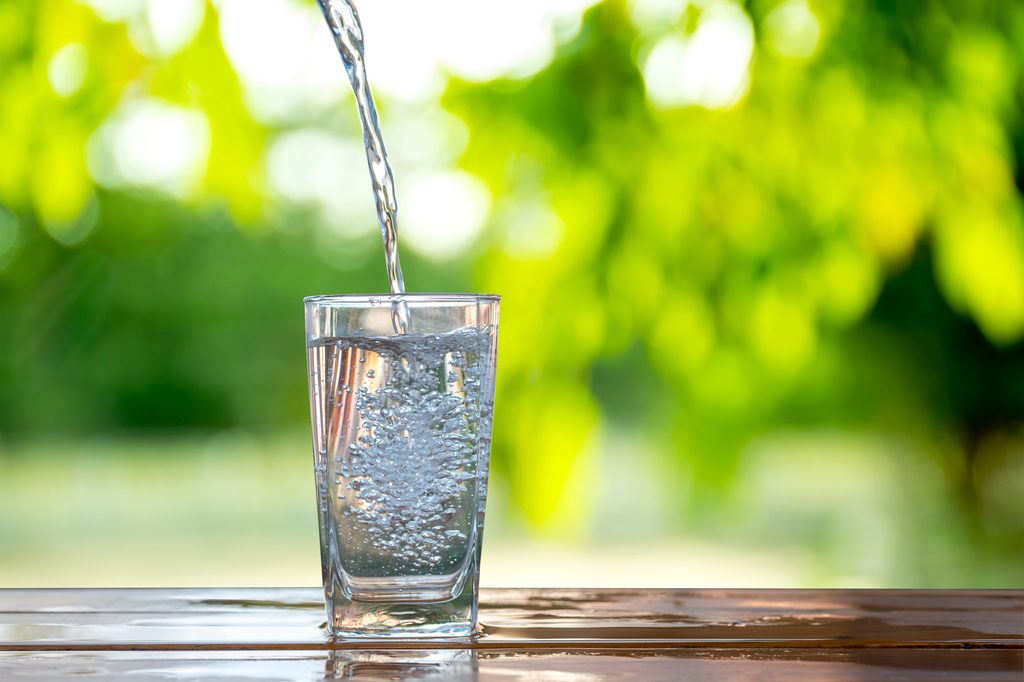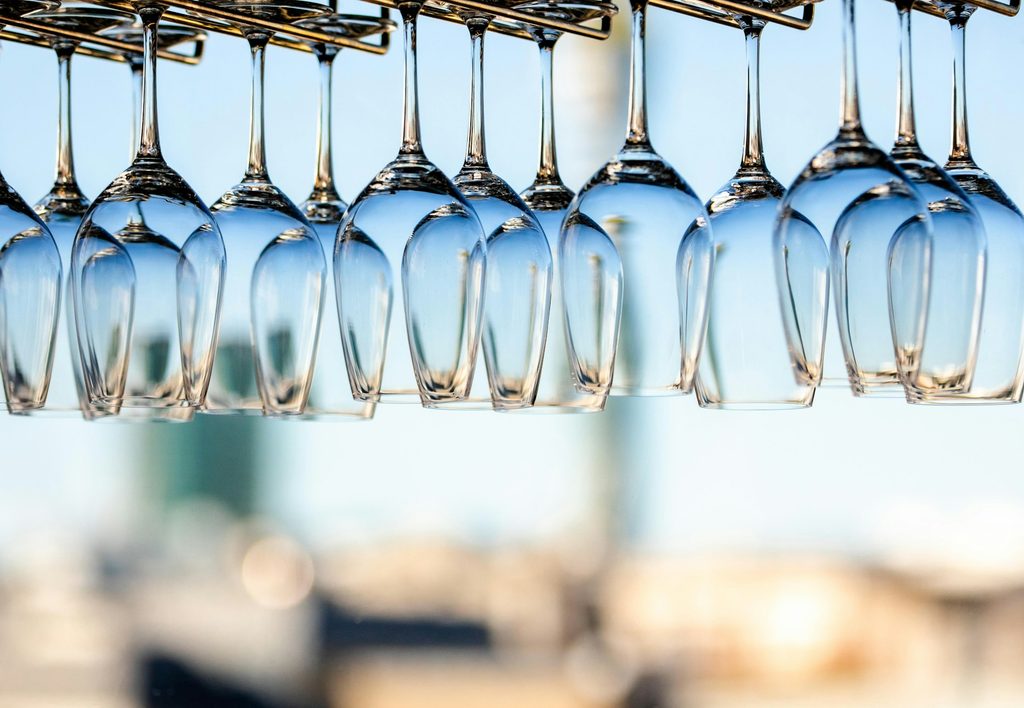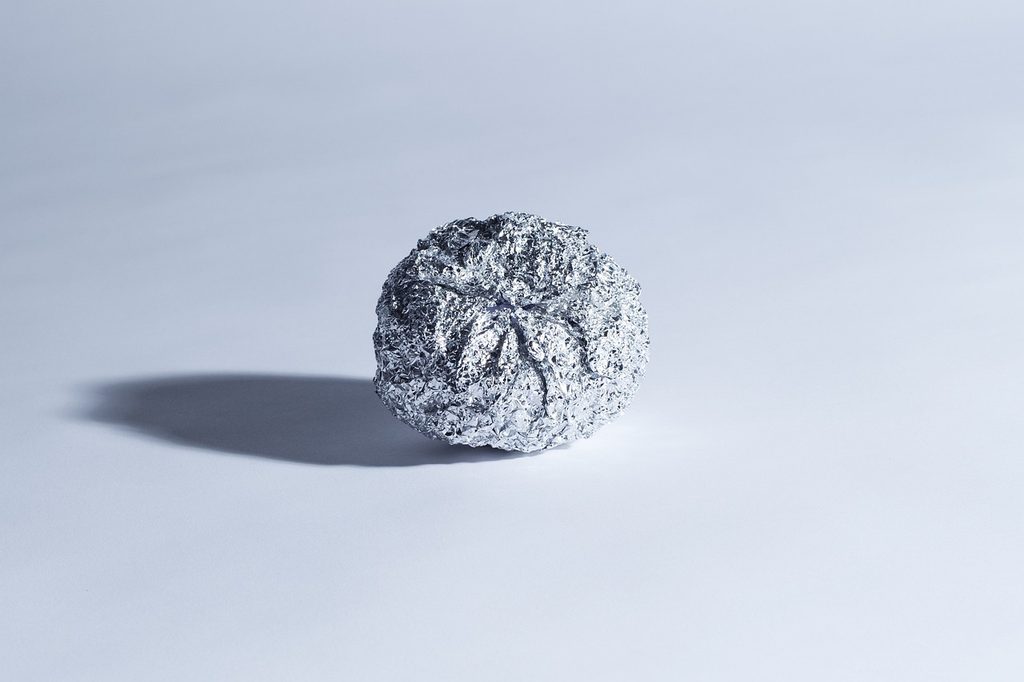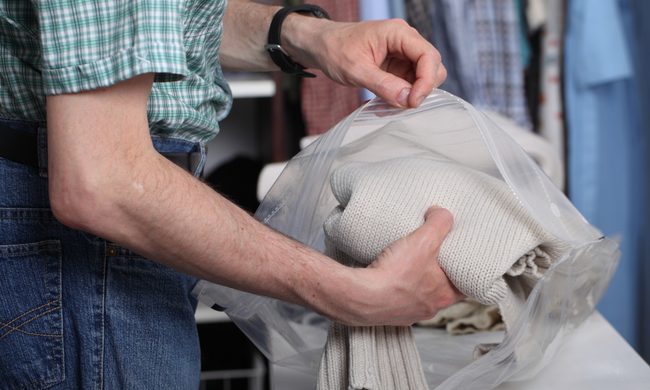
Dishwashers are a godsend for busy families, saving you from the elbow grease needed to clean a sink full of dishes with a scrubbing brush or sponge. But the downfall of these machines is pulling your supposedly clean drinking glasses out of the dishwasher only to find them cloudy and dull. It’s a common frustration that many households face, but fear not, there’s a simple solution to cloudy glasses that’s been making waves on social media.
Enter the cloudy glasses Instagram hack — a viral cleaning trick that promises to banish cloudy residue and leave your glasses sparkling clear. Let’s dive into what causes cloudy glasses, the Instagram that’s taken the internet by storm, and other methods to keep your drinking glasses gleaming.
What does it mean when glasses are cloudy?

Cloudy glasses are a common occurrence after running them through the dishwasher. This cloudiness is typically caused by one or a combination of factors, including hard water mineral deposits, residue from detergent, and improper rinsing.
When glasses are washed in hard water, minerals like calcium and magnesium can adhere to the glass surface, leaving behind a cloudy film. Additionally, if dishes aren’t rinsed thoroughly before loading them into the dishwasher, detergent residue can build up and contribute to cloudiness.
The cloudy glasses hack

The solution to cloudy glasses that’s been making waves on Instagram involves a simple household item: aluminum foil. In a viral video, a woman demonstrates how she tackles cloudy glassware by placing a wad of aluminum foil in the silverware compartment of her dishwasher before running a cycle. The result? Clear, clean glasses that sparkle like new. It’s a straightforward yet effective hack that has garnered attention for its simplicity and impressive results.
How does aluminum clear up cloudy glasses?

The science behind the aluminum foil hack lies in its ability to act as a catalyst for a chemical reaction that removes the cloudy residue from glassware. When aluminum comes into contact with water, especially in the high heat and alkaline environment of the dishwasher, it undergoes a reaction that helps break down and dissolve the mineral deposits and detergent residue clinging to the glass surface. As a result, the glasses emerge from the dishwasher crystal clear.
Other ways to fix cloudy glasses
If you don’t have aluminum foil on hand or prefer not to use it in your dishwasher, there are some alternative methods to tackle cloudy glassware.

Soak glasses in vinegar or lemon juice
Acidic solutions like distilled white vinegar or lemon juice can help dissolve mineral deposits and detergent residue. Simply soak cloudy glasses in a mixture of water and vinegar or lemon juice for a few hours before rinsing and drying them thoroughly.
Hand-wash and hand-dry glasses
Washing glasses by hand allows for more control over the cleaning process and ensures thorough rinsing to remove any residue. After washing, be sure to hand dry the glasses with a clean cloth to prevent water spots and cloudiness.
Switch to a different dishwasher detergent
Some dishwasher detergents may be more prone to leaving residue on glassware. Experiment with different brands or formulations to find one that works best for keeping your glasses clear.
Clean your dishwasher
Regular maintenance of your dishwasher, including cleaning out filters and spray arms, can help prevent the buildup of residue that can contribute to cloudy glasses.
Address hard water
Consider installing a water softener or using a water filtration system to reduce the mineral content in your water, which can help prevent cloudiness on glassware.
Use proper dishwashing techniques
Rinse dishes thoroughly before loading them into the dishwasher, avoid overloading the dishwasher, and use the appropriate amount of detergent to prevent residue buildup.
Cloudy glasses are a common nuisance, but they don’t have to be a permanent fixture in your kitchen. With the help of the viral hack involving aluminum foil, as well as other tried-and-true cleaning methods, you can keep your glassware looking pristine and ready to impress.



